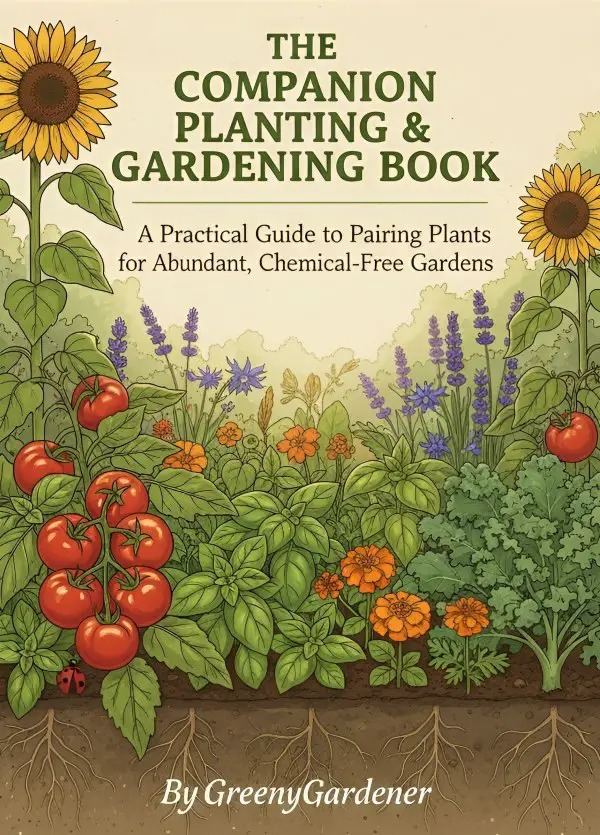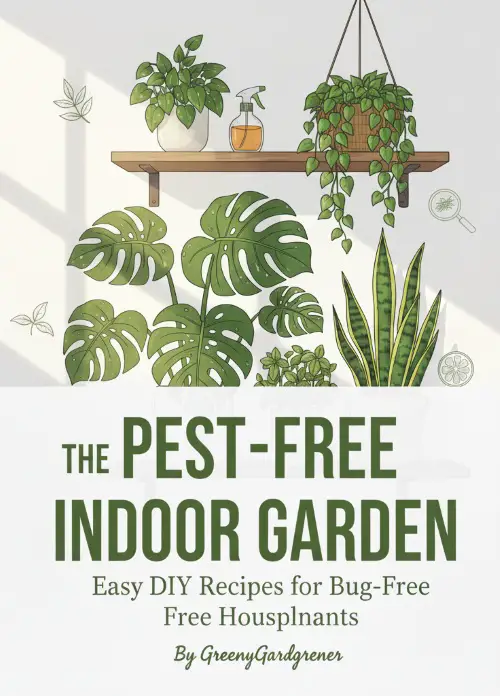Hibiscus in the Garden: A Complete Guide to Planting and Caring
Hibiscus plants, with their lush green foliage and bold, trumpet-shaped blooms, are a fantastic way to brighten up any garden. Known for their ability to attract butterflies, hummingbirds, and bees, hibiscus flowers can transform your outdoor space into a vibrant, living oasis.
Whether you opt for tropical hibiscus or the more resilient hardy hibiscus, these plants are surprisingly easy to care for when placed in the right conditions.
Types of Hibiscus for Gardens
Before planting hibiscus in your garden, it’s essential to choose the right variety based on your climate and gardening goals. There are two main types of hibiscus commonly grown in gardens: tropical and hardy.
Tropical Hibiscus
Tropical hibiscus (Hibiscus rosa-sinensis) produces some of the most vivid blooms you’ll find in the plant world, with flowers that can be red, orange, yellow, pink, or even multicolored. However, tropical hibiscus is sensitive to cold temperatures and grows best in USDA Zones 9-11.
If you live in a cooler region, you can still grow tropical hibiscus outdoors during the summer but will need to bring them indoors when the weather cools.

🌿 The Companion Planting & Gardening Book (eBook)
Bigger harvests, fewer pests — natural pairings & simple layouts. $2.40
Get – $2.40
🪴 The Pest-Free Indoor Garden (eBook)
DIY sprays & soil tips for bug-free houseplants. $1.99
Get – $1.99Hardy Hibiscus
Hardy hibiscus (Hibiscus moscheutos) is known for its ability to withstand freezing temperatures, making it suitable for USDA Zones 4-8. These hibiscus plants can survive winter frosts, and their flowers are just as stunning as their tropical counterparts. Hardy hibiscus blooms tend to be larger, with flowers up to 12 inches in diameter.
Best Locations for Hibiscus in the Garden
When selecting a spot for hibiscus in your garden, sunlight is key. Hibiscus plants thrive in full sun, needing at least 6-8 hours of sunlight daily to produce the best blooms. Choose a location that offers plenty of morning sun but can also protect the plants from harsh afternoon rays, especially in hotter climates.
Hibiscus also prefers well-draining soil, so avoid planting them in areas where water tends to pool after heavy rain. If necessary, consider building a raised bed or improving the soil drainage before planting.
Preparing the Soil for Hibiscus
Ideal Soil Composition
Hibiscus grows best in loamy, well-draining soil. Loam is a balanced mixture of sand, silt, and clay, providing good drainage while retaining enough moisture for the plants. You can improve your garden’s soil by adding organic matter such as compost or well-rotted manure before planting.
Soil pH for Hibiscus
The ideal soil pH for hibiscus is slightly acidic to neutral, ranging from 6.0 to 7.0. You can test your soil using a home pH test kit and adjust it if necessary by adding sulfur to lower the pH or lime to raise it.
Planting Hibiscus Outdoors
When to Plant
The best time to plant hibiscus in the garden is in spring, after the last frost has passed. This gives the plant plenty of time to establish itself before the hot summer months. Tropical hibiscus should only be planted outdoors once temperatures remain consistently above 60°F (15°C).
Spacing and Depth
When planting hibiscus, dig a hole that’s slightly wider than the plant’s root ball and deep enough so the top of the root ball is level with the soil surface. Space tropical hibiscus 2-3 feet apart, while hardy hibiscus may need more room, with spacing around 3-4 feet to accommodate their larger size.
Watering Hibiscus in the Garden
Hibiscus plants like consistent moisture, especially during the growing season, but they don’t tolerate waterlogged soil. Water deeply at the base of the plant, making sure the soil is evenly moist but not soggy. In the heat of summer, you may need to water daily, particularly for tropical hibiscus. However, avoid overhead watering, as this can lead to fungal diseases on the foliage.
Fertilizing Outdoor Hibiscus
To encourage strong growth and abundant flowers, feed your hibiscus with a balanced, slow-release fertilizer every 4-6 weeks during the growing season. Look for a fertilizer that is high in potassium, as this nutrient helps hibiscus produce more blooms. Be cautious not to over-fertilize, as too much nitrogen can lead to lush foliage at the expense of flowers.
Pruning and Shaping Garden Hibiscus
Pruning hibiscus not only keeps the plant tidy but also promotes more vigorous blooming. For tropical hibiscus, prune in early spring, before the growing season starts, by cutting back any leggy or damaged branches. Hardy hibiscus can be pruned in late fall, after the first frost, to remove dead stems and prepare the plant for winter.
Regular pruning helps maintain the plant’s shape and encourages new growth, leading to larger and more frequent blooms throughout the season.
Pest and Disease Management for Garden Hibiscus
Hibiscus plants can be affected by several common pests, including aphids, spider mites, and whiteflies. These pests feed on the plant’s sap, causing leaf yellowing and stunted growth. To combat pests, inspect your hibiscus regularly and treat infestations with insecticidal soap or neem oil. For larger infestations, you may need to use systemic insecticides.
Diseases such as powdery mildew and root rot can also affect hibiscus, particularly in humid or poorly drained conditions. To prevent disease, water at the base of the plant and ensure adequate air circulation around the foliage.
Mulching and Winter Protection for Hibiscus
Adding a layer of mulch around the base of your hibiscus plants helps conserve moisture, suppress weeds, and regulate soil temperature. Use organic materials such as bark chips, straw, or compost, and spread the mulch 2-3 inches thick, taking care not to pile it directly against the plant’s stem.
In colder regions, hardy hibiscus may benefit from additional winter protection. Mulch heavily around the base of the plant in late fall to insulate the roots from freezing temperatures. For tropical hibiscus, consider covering the plant with frost blankets if a cold snap is expected.
Hibiscus Companion Plants
Hibiscus can be paired with several complementary plants to create a visually striking garden display. Consider planting tropical plants, such as cannas, elephant ears, or bird of paradise, alongside tropical hibiscus to create a lush, vibrant garden. For hardy hibiscus, perennials like echinacea, bee balm, and black-eyed Susans make excellent companions, attracting pollinators and adding texture to the garden.
Growing Hibiscus from Seeds vs. Cuttings
While hibiscus can be grown from seeds, most gardeners prefer propagating them from cuttings to ensure the new plants have the same characteristics as the parent plant. Cuttings are taken from healthy, semi-mature wood and rooted in a moist growing medium. Hibiscus seeds, on the other hand, can take longer to germinate and may not produce identical plants.
Common Problems with Garden Hibiscus and How to Fix Them
- Yellow Leaves – Often a sign of overwatering, poor drainage, or nutrient deficiencies.
- No Blooms – Insufficient sunlight, improper pruning, or too much nitrogen can prevent flowering.
- Stunted Growth – Root-bound plants or pest infestations may cause growth to slow down.
- Fungal Diseases – Powdery mildew and root rot are common in humid conditions or poorly drained soils.
Using Hibiscus for Garden Decor
Hibiscus flowers aren’t just beautiful; they’re also versatile for garden decor. You can use hibiscus as stand-alone focal points, create colorful hedges, or incorporate them into mixed flower beds. Their large, eye-catching blooms make hibiscus a natural choice for adding a tropical flair to your garden.
Conclusion
Whether you choose tropical or hardy hibiscus, adding this stunning plant to your garden is sure to enhance its beauty and attract pollinators. By providing your hibiscus with the right location, soil, water, and care, you’ll enjoy vibrant flowers for many seasons to come.
FAQs About Hibiscus in the Garden
-
Can hibiscus survive winter outdoors?
Hardy hibiscus can survive winter in colder regions, but tropical hibiscus must be brought indoors to avoid frost damage. -
How often should I prune my garden hibiscus?
Prune hibiscus once a year, in early spring for tropical varieties and late fall for hardy types. -
Why are my hibiscus flowers not blooming?
Hibiscus needs plenty of sunlight and proper fertilization. Lack of blooms can be due to insufficient light or excess nitrogen in the soil. -
What pests commonly affect garden hibiscus?
Aphids, spider mites, and whiteflies are common pests that can damage hibiscus. Regular inspections and treatment can keep them under control. -
How can I protect my hibiscus from frost?
Mulch heavily around hardy hibiscus and use frost blankets or bring tropical varieties indoors to protect them from freezing temperatures.
- Can You Direct Sow Bell Pepper Seeds? Your Guide To Skipping Starts - November 18, 2025
- Growing Bell Peppers From Seeds From Fresh Pepper – From Kitchen - November 18, 2025
- Best Way To Germinate Bell Pepper Seeds – From Stubborn Seeds To - November 18, 2025
